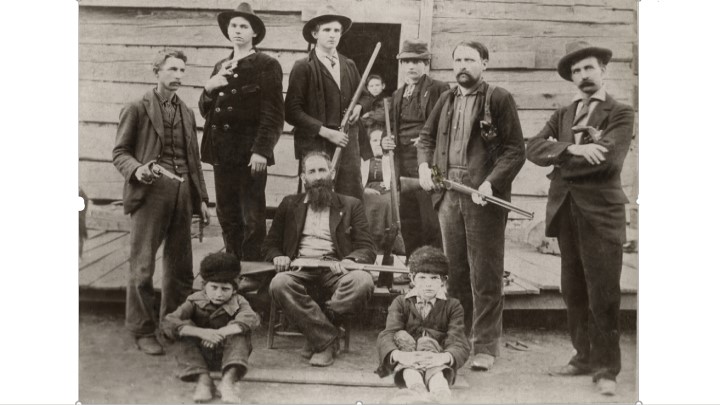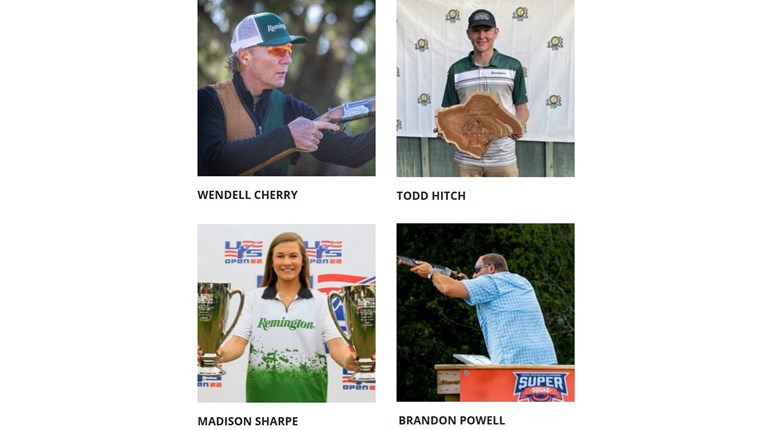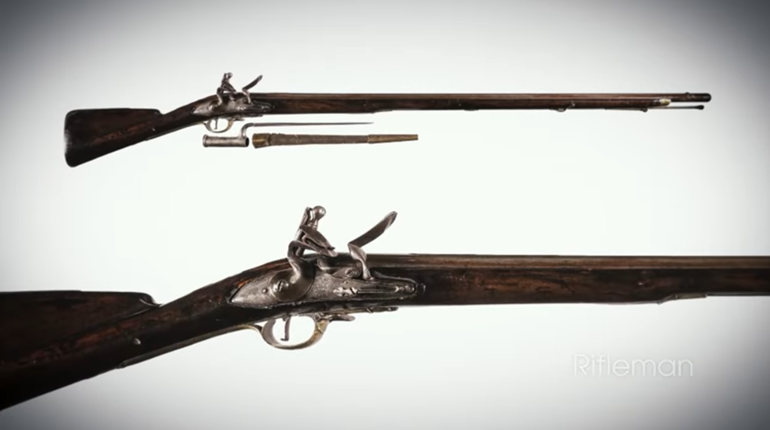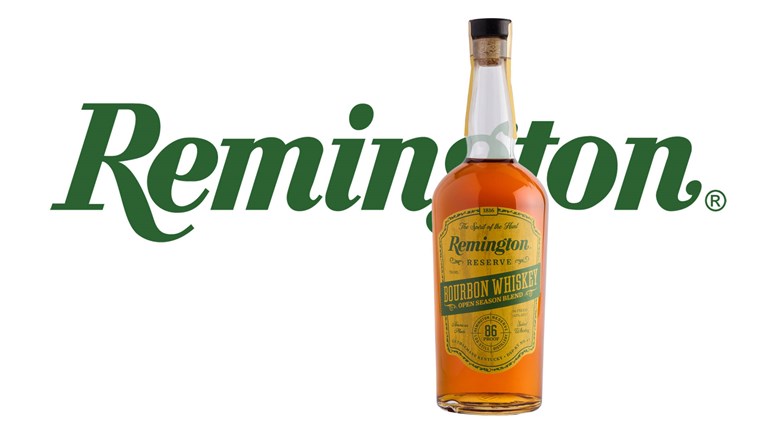
It was not the longest feud in American history, even though it spanned three decades (1865-1890). Nor, with more than a dozen people killed, was it the bloodiest. But yet today, “Fighting like Hatfields and McCoys” is still a common catchphrase—tantamount to all-out war.
When the feud was most fierce it made national newspaper headlines time and again. For instance, one reporter for the New York World, Theron “T. C.” Crawford, after visiting the feud location and interviewing members of both families, began his three-installment story by writing, “I have been away in Murderland for nearly ten days…”
The site of the feud was the southern Appalachian Mountains along the Tug Fork of the Big Sandy River that defines the border between Kentucky and West Virginia. Members of the two families lived on both sides of the river, and had for generations. What touched off the violence was lingering hard feelings over the nation’s recent Civil War and its continuing aftershocks.
As might be imagined, a feud that lasted as long as that of the Hatfields and McCoys was fought by many people using various firearms. The 2012 History Channel miniseries Hatfields & McCoys (six-hour, three-part) does a good job of accurately condensing those many firearms into three categories: rifles, handguns and shotguns. Following are the specific guns most used during the feud and featured in the miniseries.
Rifles
- Enfield Pattern 1853: A holdover from the Civil War, this .577-caliber British muzzleloader was fired by a percussion cap and used by both Union and Confederate troops. It was the second most widely carried infantry weapon during the war, surpassed only by the Springfield Model 1861 Rifled Musket.
- Remington Model 1867 Rolling Block Carbine: Manufactured in a variety of calibers, this breech-loading, single-shot rifle had an extremely strong action that could withstand the pressures created by the new smokeless gunpowder beginning to be produced by the late 1880s.
- Sharps 1859 Carbine: This large-bore, single-shot rifle was known for its long-range accuracy. Due to its mentioning in many Western-genre books and movies, Sharps rifles became icons of the American West. Various firearms manufacturers today offer reproductions of this gun.
- Winchester Model 1873: This lever-action rifle was the one most favored by feud participants because of its rapid repeating action. Manufactured in three calibers (.44-40, .38-40 and .32-20) it eventually became known as “The Gun that Won the West.” A tidbit of firearms history is that John M. Browning used an 1873 Winchester to develop his first prototype of an automatic rifle.
Handguns
- Remington 1858 New Army: Beginning in 1862, Remington manufactured a percussion .36-caliber (Navy) and .44-caliber (Army) revolver used during the Civil War. Carried primarily by Union soldiers, the revolver was favored over the standard-issue Colt Army Model 1860—by those who could afford it—because of its durability and the fact that it could quickly be reloaded by swapping out cylinders. This handgun also eventually saw considerable use in the American West, both in its original percussion-cap version and a metallic-cartridge conversion.
- Single Action Army (Cavalry Model, 7.5-inch barrel; Artillery Model, 5.5-inch barrel): Officially named the Colt 1873 Single Action Army Revolver, this handgun was also known as the Colt .45, the Frontiersman, the Peacemaker, and, like the Model 1873 Winchester lever-action rifle, “The Gun that Won the West.” It is the handgun most identified with the American West because of its widespread popularity with both civilian and military users. Also associated with the gun are several famous gunfighters, outlaw, and lawmen of era: “Wild Bill” Hickok, William H. “Billy the Kid” Bonney, the Earp brothers, as well as later figures such as General George S. Patton of World War II fame.
Shotgun
- Double-barreled Side-by-Side Shotgun: Although shotguns of various brands were no doubt used during the Hatfield-McCoy feud, the one carried by characters in the History Channel miniseries was the 12 gauge, Charles Parker, 1878 Side-by-Side Shotgun. The Parker Gun Company was eventually absorbed by Remington in 1934.
By 1889, the Hatfield-McCoy feud was on the verge of bringing the two Civil War border states of Kentucky and West Virginia back to battle against one another. The two states’ governors became so exasperated that they finally took the matter all the way to the U.S. Supreme Court, where the infamous dispute was eventually settled.
Today, the Tug Fork Valley remains a remote, mountainous region where cell phones and GPS devices are still of little value. But it’s also the site of the annual Hatfield-McCoy Reunion Festival. Open to the public, one of the many events that members of the two families look forward to each year is a rope tug of war across the Tug Fork.







































